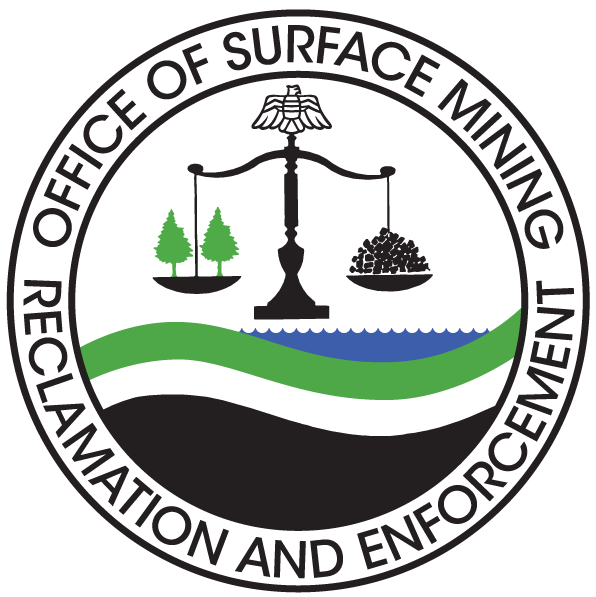ERDAS Imagine® Software
Description
ERDAS Imagine® is a raster-based software package designed specifically to extract information from imagery. ERDAS IMAGINE® includes a comprehensive set of tools to create accurate base imagery for inclusion into a GIS and ESRI Geodatabase. ERDAS IMAGINE® provides a variety of tools such as image orthorectification, mosaicking, reprojection, classification and interpretation that allow the user to analyze image data and present it in formats ranging from printed maps to 3D models.
- Users: Remote sensing specialists, GIS specialists, regulatory or AML specialists in physical or natural resource related disciplines.
- Training: No training information listed.
- Vendor Information: Program description and support information are available at: http://www.hexagongeospatial.com/products/remote-sensing/erdas-imagine/overview.
Installation Instructions
Software Capacity
Image data visualization, classification, modeling, analysis and interpretation. Including:
- GIS Integration
- Geometric Correction
- Image Orthorectification
- Multispectral Classification
- Image Interpretation
- Image Analysis
- Image Mosaicking
- Digital Terrain Modeling
- Map Production
For Specific Users
Archeologists
- Identification of features on photography and images that cannot be seen by standing on the ground.
- Image classification and identification of plant growth related to buried archeological features.
AML Reclamation Specialists
- Satellite imagery and aerial photography can be used for visual representation of a site; including areas of disturbance, changes in water quality, vegetation cover, and topographic mapping.
- Change detection maps can be produced to determine and quantify changes in disturbance, vegetation cover and terrain over time.
Biologists
- Imagery can be used to identify biodiversity on rangelands in support of SMCRA regulations.
- Revegetation success in reclaimed mining areas can be identified, quantified and monitored over time.
- Vegetation percent cover can be quantified to ensure standards are met for bond release.
- Wetland areas can be delineated, monitored.
- Vegetation classifications can be performed to determine vegetation species cover and compostion.
- Predict change and extent of forest cover in mountain top mining.
Engineers
- Detection and delineation of mine related subsidence.
- Detailed topographic contours can be generated using photogrammetric techniques from high resolution stereo imagery.
- Digital terrain models can be generated for conducting volumetric analysis of stockpiles, storage tanks and open pits.
- Highly accurate slope, aspect, spot elevation and area measurements can be performed
Geologists
- Satellite imagery can be used to identify anomalies in the earth’s magnetic field, electrical fields or radiation patterns to define promising locations.
- Visual interpretation of surface area for coloring and rock formations.
- Identification of fracture zones.
- Geomorphology studies such as identification of specific landforms.
- Identify geologic folds and faults.
- Dynamic changes from natural events such as floods can be readily assessed.
- Identify surface characteristics such as alteration and other signs of mineralization to subsurface deposits of ore minerals, oil and gas, and groundwater.
- Function as a visual base on which a geologic map is drawn either directly or on a transparent overlay.
Hydrologists
- Satellite imagery can be used to develop water quality monitoring systems.
- Identification of sites where ground water is discharged to the surface.
- Thermal Imaging can be used to identify highly acidic seeps and identify drainage point sources.
- General water pollution and water quality assessments.
Inspectors
- Imagery can be delivered rapidly to assist in the inspection process.
- Provide valuable information that can’t be inspected on the ground.
- High resolution imagery can provide information on active and abandoned high-wall and bench areas, ungraded spoil piles, graded and recontoured areas, revegetated areas, and natural and impounded surface-water features
- Thermal imaging can be used to identify burning coal spoil areas and identify and monitor coal seam fire activity.
Permit Managers
- Conduct overall surface mine inventory.
- Imagery can be used for site visualization and support daily regulatory work by permit reviewers and managers.
- Determine required bond deposit amounts using imagery derived contour mapping to calculate volume of coal to be remove.
- Over time, high-resolution satellite imagery will provide a permanent record of mining activity at a given site.
Soil Scientists
- Image band ratio techniques can be used to delineate soils types, providing additional detail to existing soil surveys.
- Modeling topographic potential for soil erosion and deposition.
For More Information
Contact Aldo Plascencia ([email protected]); (303) 236-3428

